[Date Prev][Date Next][Thread Prev][Thread Next][Date Index][Thread Index]
--
Life Sciences Center,
Institute of Biotechnology,
room C521, Saulėtekio al. 7,
LT-10257 Vilnius, Lithuania
Reply to: [list | sender only]
Re: [ddlm-group] Complex numbers
- To: [email protected], Group finalising DDLm and associated dictionaries<[email protected]>
- Subject: Re: [ddlm-group] Complex numbers
- From: Antanas Vaitkus <[email protected]>
- Date: Mon, 16 Jun 2025 09:28:33 +0300
- Cc: ddlm-group <[email protected]>
- DMARC-Filter: OpenDMARC Filter v1.3.2 mailserver.iucr.org 975FC5A319F
- In-Reply-To: <CAM+dB2cTYn9QF==o6ctaT5X+5NDgy0sqwd4m2X4SjTGLKsmH6A@mail.gmail.com>
- References: <CAM+dB2cTYn9QF==o6ctaT5X+5NDgy0sqwd4m2X4SjTGLKsmH6A@mail.gmail.com>
Dear James,
maybe it would be clearer to use 'i' to indicate the imaginary parts. From what I understand,'j' is primarily used in electrical engineering where 'i' denotes the electrical current (that where
Python most likely inherited it from), but in classical mathematics 'i' seems to be more prevalent.
As for the standard uncertainties, it seems fine to me either way, however, from the consistency
point of view it might make sense to allow s.u.'s in complex numbers as well. That is, if s.u.'s in
parenthetical notation are allowed individually for the real and imaginary numbers, then a composite
complex number could be constructed by simply concatenating these values if needed (see the
_atom_type_scat.dispersion, _atom_type_scat.dispersion_real, _atom_type_scat.dispersion_imag
parenthetical notation are allowed individually for the real and imaginary numbers, then a composite
complex number could be constructed by simply concatenating these values if needed (see the
_atom_type_scat.dispersion, _atom_type_scat.dispersion_real, _atom_type_scat.dispersion_imag
triplet as an example).
Sincerely,
Antanas
On Mon, 16 Jun 2025 at 09:13, James H <[email protected]> wrote:
_______________________________________________Dear DDLm group,We currently do not define a format for complex or imaginary numbers either in the CIF2 syntax or in the DDL dictionary. I would like to suggest that we enhance the DDL dictionary to state that, where a format does not have a native definition for complex numbers, they should be formed as <R>+/-<I>j, where <R> and <I> are real numbers (the real and imaginary parts respectively). This is the Python syntax. I'd suggest we don't allow appended su for R and I in the case of complex numbers, instead allowing only a separate _su data name. But happy to be overruled on that one.Any objections?James.--T +61 (02) 9717 9907
F +61 (02) 9717 3145
M +61 (04) 0249 4148
ddlm-group mailing list
[email protected]
https://mailman.iucr.org/cgi-bin/mailman/listinfo/ddlm-group
--
Antanas Vaitkus,
Vilnius University,Life Sciences Center,
Institute of Biotechnology,
room C521, Saulėtekio al. 7,
LT-10257 Vilnius, Lithuania
_______________________________________________ ddlm-group mailing list [email protected] https://mailman.iucr.org/cgi-bin/mailman/listinfo/ddlm-group
Reply to: [list | sender only]
- References:
- [ddlm-group] Complex numbers (James H)
- Prev by Date: [ddlm-group] Complex numbers
- Next by Date: Re: [ddlm-group] Complex numbers
- Prev by thread: [ddlm-group] Complex numbers
- Next by thread: Re: [ddlm-group] Complex numbers
- Index(es):

